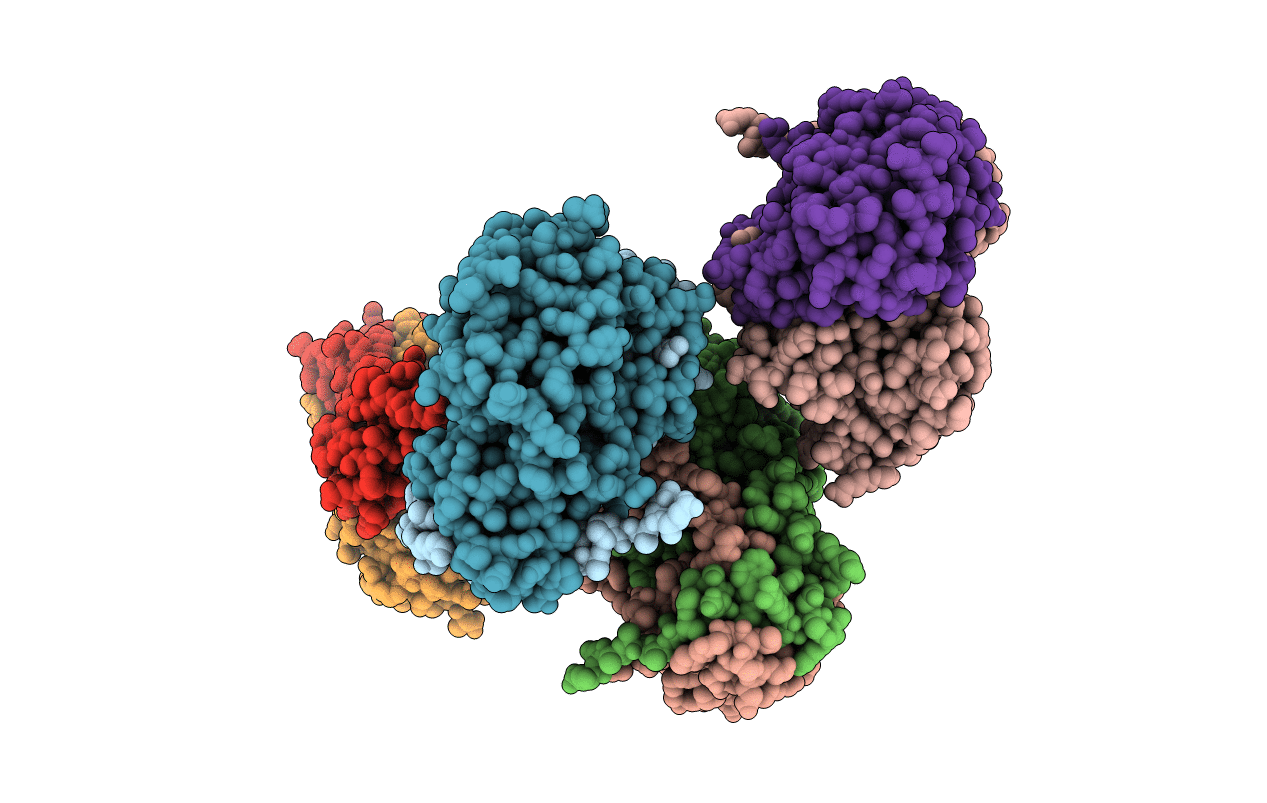
Deposition Date
1997-04-05
Release Date
1998-04-08
Last Version Date
2024-10-30
Method Details:
Experimental Method:
Resolution:
2.65 Å
R-Value Free:
0.28
R-Value Work:
0.26
R-Value Observed:
0.26
Space Group:
P 21 21 21


